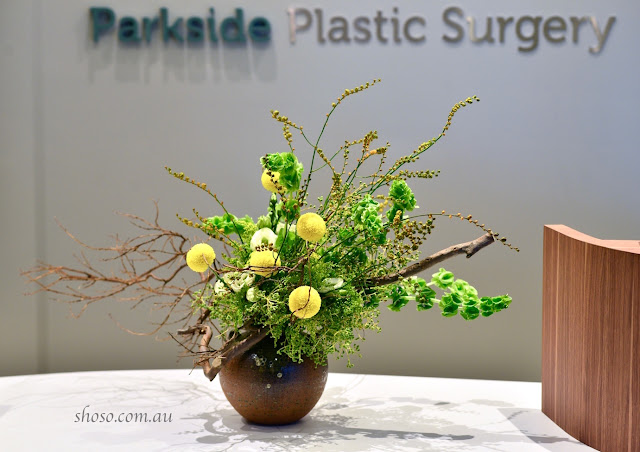Shoso teaches "Japanese Aesthetics: From Ikebana to Contemporary Art" at RMIT University Short Courses. It will be available for anyone (not just for RMIT students). This class will take participants on a journey to explore the theory of Japanese aesthetics through practical exercises.
Image Above: The first lesson starts with a video, discussion about design elements & principles, and making a basic style Ikebana.
Image below: Free style Ikebana using leaves only at the second lesson.
The students will make sculptural & 2D works from the 3rd lesson.
Next terms will start from 16 August 2017 & 25 October 2017 .
Please book early.http://bit.ly/1IFmuyl
http://www.shoso.com.au
https://www.facebook.com/ikebanaaustralia

































